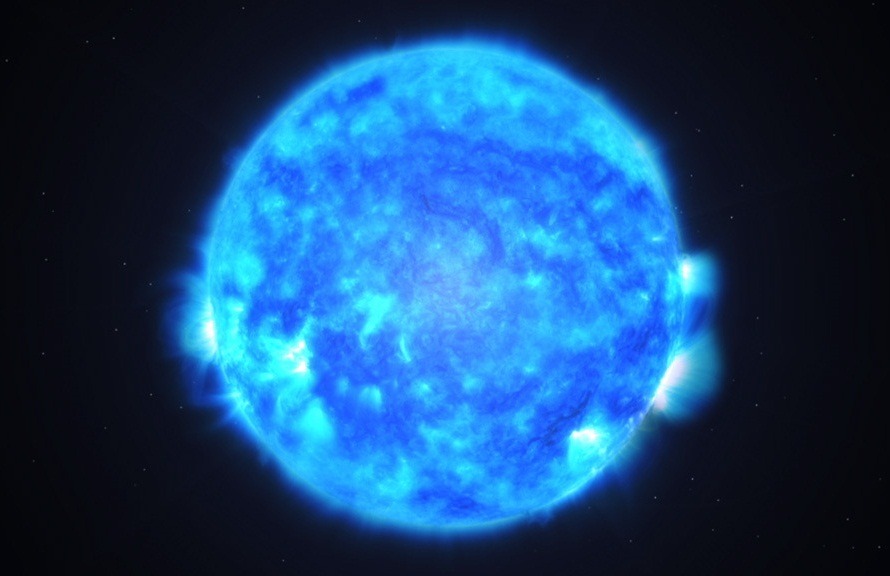Blue Supergiant Stars Mysteries Discovered by NASA Telescopes

Massive blue stars with a short life living in the universe have been discovered since a while, but they can be hard to analyze even with powerful telescopes because of the short time they have.
The interior areas of the Milky Way hold numerous metals but are too dangerous to contain life. In exchange, the outside areas are low in metal and more probable to carry planets like Earth. In the middle of it, the Galactic Habitable Zone (GHZ) thrives with the Solar System at its core.
Blue supergiant stars are the metal providers of the Universe
When they shatter as supernovae, generating all the chemical elements after helium existing in the Periodic Table of Mendeljev. Dr. Tamara Rogers an astrophysicist from Newcastle University in the U.K., and her team have been creating simulations of objects like these blue supergiants to try and figure out what makes the surface look like it does.
Creating the inner part of stars, the research team thought that what shatters the surface of these objects might be the gravity waves. Also, another kind of wave has been considered of – these consistent fluctuations are resembling the seismic waves on our planet, which are created from the star’s core.
Scientists studied blue supergiant stars for the first time with NASA telescopes
A group of experts with KU Leuven in Belgium gathered the information held by NASA space telescopes and analyzed blue supergiant stars for the first time. They found that the majority of these blue objects shine and fluctuate in radiance because of the waves present on their surface.
The authors of the study released their findings in Nature Astronomy, saying that because of these studies, characteristics of other objects unreachable from other astronomical methods can now be observed. The discovery of waves in so many blue stars was a revelation, said Dr. Dominic Bowman, the lead author of the analysis from the KU Leuven Institute of Astronomy. The fluctuation in these blue supergiant stars have always existed, but all we have to do is to wait for contemporary space telescopes to identify and capture them, Dr. Bowman added.
0 comments